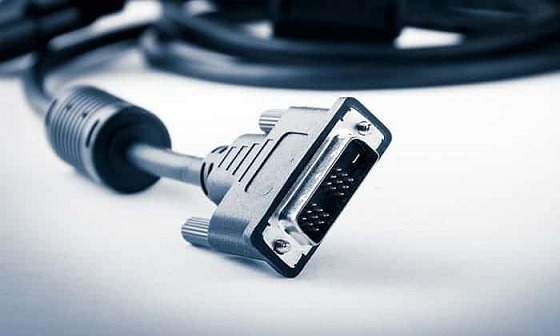Launched in 1999 by the Digital Display Working Group (DDWG), DVI Cables were designed to replace VGA (Video Graphics Array) cables. They provide a digital video transmission standard for devices like computer monitors and projectors, enhancing image quality and device compatibility.
Interface Types
DVI-D (Digital-Only):Transmits only digital signals, commonly used to connect modern digital displays. It comes in Single Link and Dual Link variants. Single Link supports a maximum resolution of 1920×1200@60Hz, while Dual Link has more pins and higher bandwidth, supporting up to 2560×1600@60Hz or 1920×1080@144Hz for higher resolutions and refresh rates.
DVI-I (Integrated Digital and Analog):Transmits both digital and analog VGA signals, offering strong compatibility. It can connect to digital displays or older VGA monitors via adapters. Also available in Single Link and Dual Link, its interface includes extra 4 holes on one side for analog signals alongside digital pins.
DVI-A (Analog-Only):Transmits only analog VGA signals, very rare and mainly used for specific adapter scenarios, such as converting a graphics card’s DVI-I interface to pure VGA.
Key Features
Transmitted Signal Type:DVI Cables primarily transmit video signals and do not support audio. For simultaneous audio transmission, a separate audio cable or other audio-enabled interfaces like HDMI are required.
Connection Stability:DVI interfaces usually feature screw-on fasteners to prevent loose connections and ensure stable signal transmission.
Anti-Interference Capability:High-quality DVI Cables typically have good shielding layers, effectively resisting electromagnetic interference and maintaining signal purity.
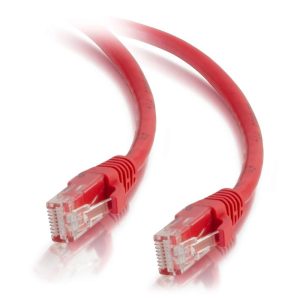 Cat5e Cables
Cat5e Cables Cat6 Cables
Cat6 Cables Cat6a Cables
Cat6a Cables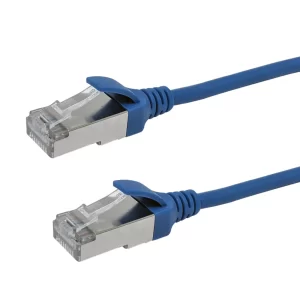 Cat8 Cables
Cat8 Cables Bulk Ethernet Cables
Bulk Ethernet Cables Plenum-Rated Ethernet Cables
Plenum-Rated Ethernet Cables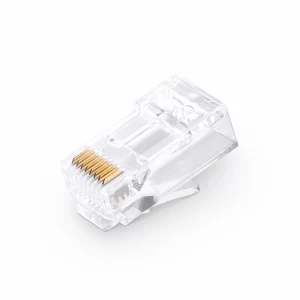 Connectors & Jacks
Connectors & Jacks OS2 Singlemode Simplex
OS2 Singlemode Simplex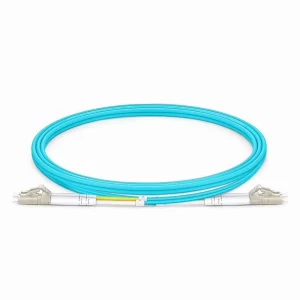 OS2 Singlemode Duplex
OS2 Singlemode Duplex OM5 Multimode
OM5 Multimode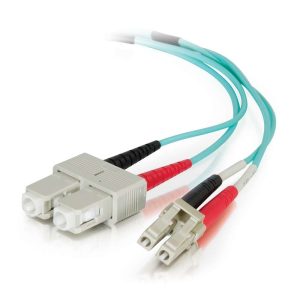 OM4 Multimode
OM4 Multimode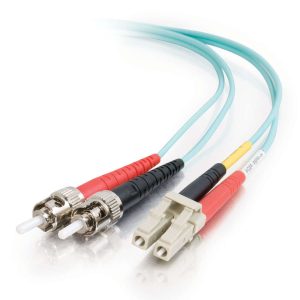 OM3 Multimode
OM3 Multimode OM2 Multimode
OM2 Multimode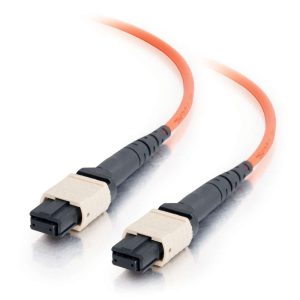 MTP/MPO Cables
MTP/MPO Cables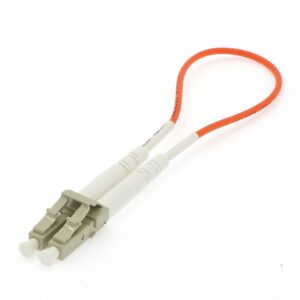 Loopback Adapter
Loopback Adapter Fiber Optic Connectivity
Fiber Optic Connectivity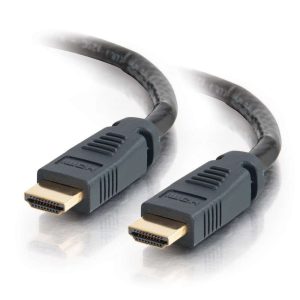 HDMI Cables
HDMI Cables HDMI Mini/Micro Cables
HDMI Mini/Micro Cables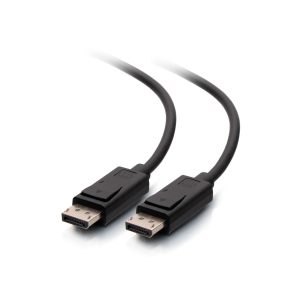 DisplayPort Cables
DisplayPort Cables Mini DisplayPort Cables
Mini DisplayPort Cables DVI Cables
DVI Cables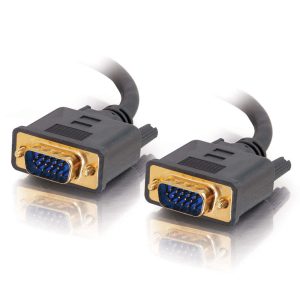 VGA Cables
VGA Cables Audio Cables
Audio Cables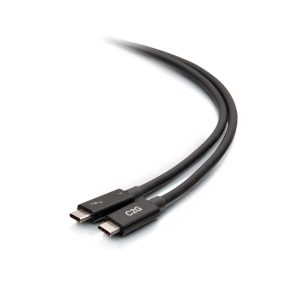 Active USB Cables
Active USB Cables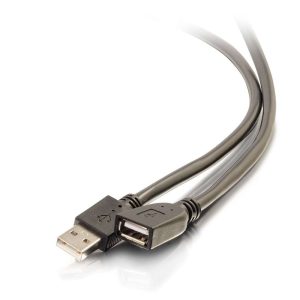 Plenum-Rated USB Cables
Plenum-Rated USB Cables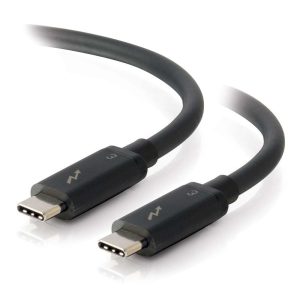 Thunderbolt Cables
Thunderbolt Cables USB 2.0 Cables
USB 2.0 Cables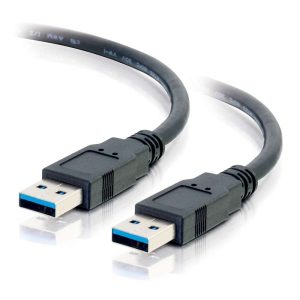 USB 3.0 Cables
USB 3.0 Cables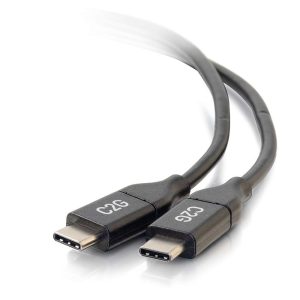 USB Cables for Mobile Devices
USB Cables for Mobile Devices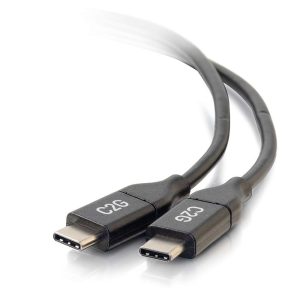 USB-C Cables
USB-C Cables Keyboard & Mouse Cables
Keyboard & Mouse Cables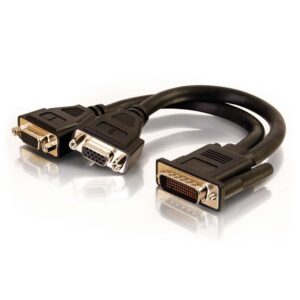 LFH-59 and M1 Cables
LFH-59 and M1 Cables Parallel Cables & Devices
Parallel Cables & Devices Serial ATA Cables
Serial ATA Cables Serial RS232 Cables
Serial RS232 Cables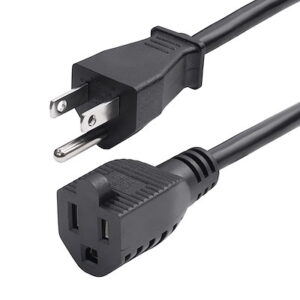 Power Cables
Power Cables